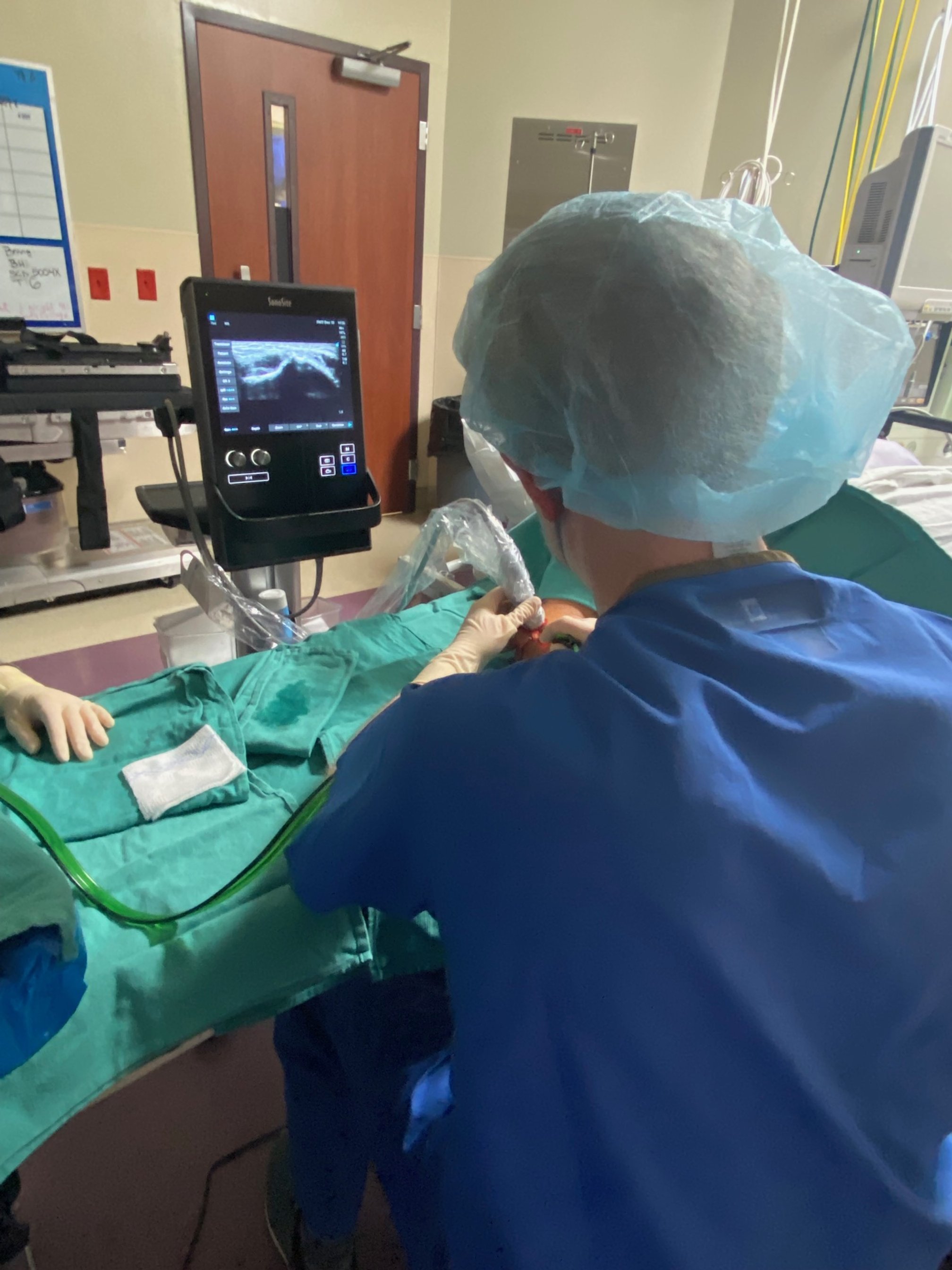Many of you are either very familiar or somewhat familiar with platelet-rich plasma injections commonly known as PRP. These are great options for osteoarthritis of a joint, a chronic tendon problem as well as some ligament and fascia problems. Our top conditions treated with PRP include knee osteoarthritis, tennis & golfers’ elbow, plantar fasciitis, rotator cuff tears and Achilles tendon conditions.
When it comes to PRP, here are the simple and not so simple :
Simple
-This is an office procedure, that from start to finish, only takes 45 minutes or less
-A simple blood draw from an arm vein is typically painless
-For a joint injection, pain afterwards is typically very mild
-Risks are exceedingly low as abnormal bleeding, infection, a blood clot or nerve damage are basically nonexistent.
Not So Simple
-We have been performing PRP injections for nearly 15 years. Literally hundreds of hours have been poured into training and fine-tuning the knowledge and skill set it takes to be highly competent to perform this procedure
-Some of our patients have very small veins. Fortunately, we have developed a skill set of ultrasound-guided venipuncture, making blood draws much more successful and less painful on those more challenging patients
-Ultrasound guidance, in our opinion, is a must when giving PRP injections. If you want these growth factor rich platelets to make it to the intended location with great accuracy, then ultrasound guidance is necessary. This is a skill set we have developed over the past 16 years
-With some soft tissue PRP injections, such as partial tears of tendons, we have to prepare our patients that there will be a spike in pain after the procedure, often for one to two weeks. Fortunately, the pain is typically not as significant as it would be if you had a surgery
-Finally, patients have to be patient! PRP exerts its positive effects very gradually. Most patients are seeing a benefit within one to two months, and the maximum benefit often is seen between 6 and 12 months. Thus, we have to advise our patients that with many orthopedic conditions, there is no “quick fix”
Ultimately, PRP can be simple and not so simple, depending on your perspective. Generally speaking, we leave the simple part up to the patient, and we will handle the not so simple aspects of the procedure.
As always, let us know if we can be of assistance to you!
F. Clarke Holmes, M.D.


